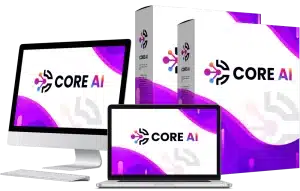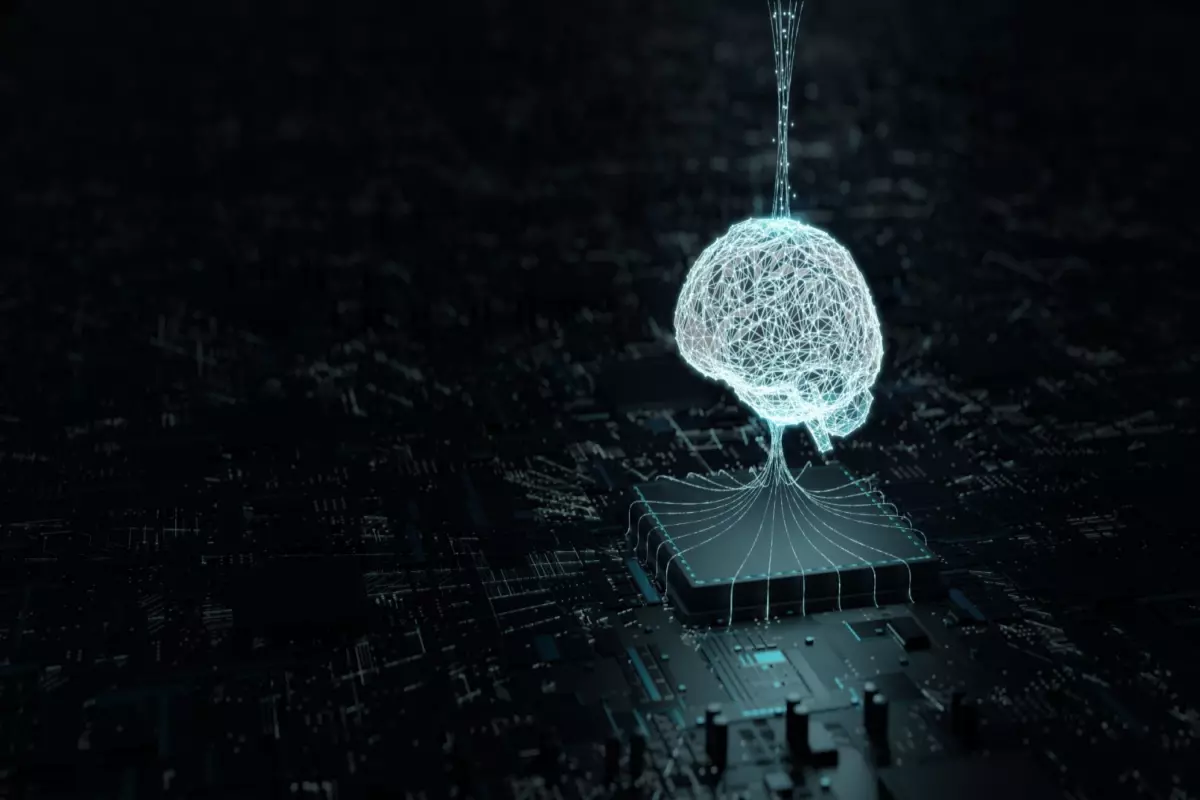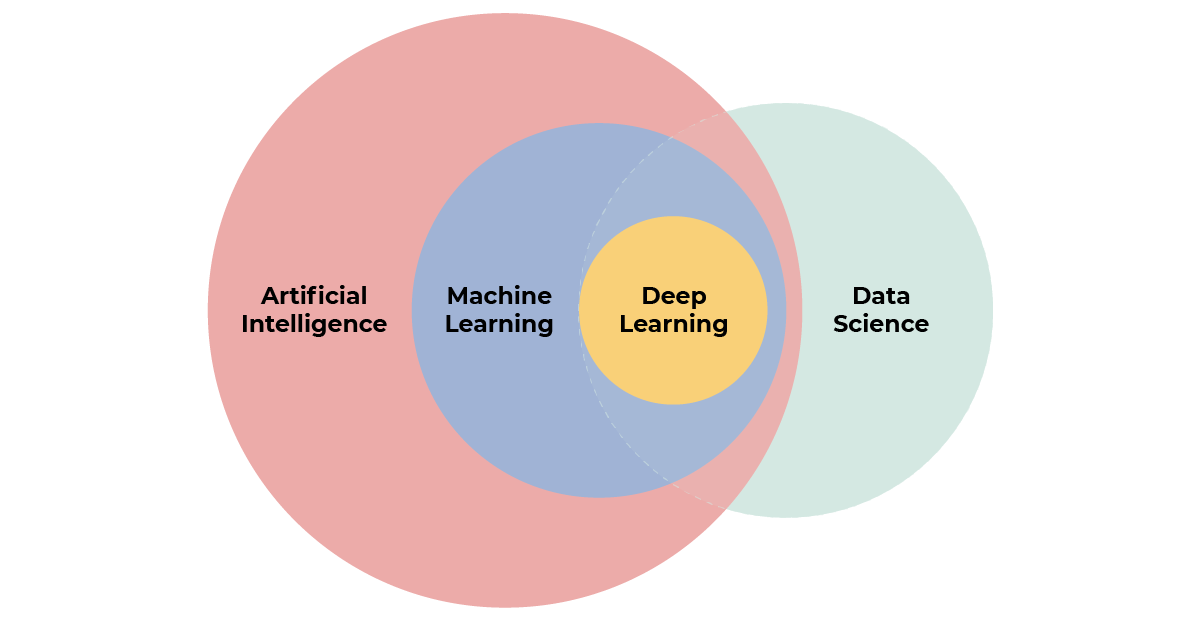Get all CORE AI OTO links to the direct sales pages. With the big discount and three hot bonus packages value $40k . see all the CORE AI OTO sales pages below, with all the information for each OTOs.
CORE AI OTO Links + $40k Value Bonuses
Note: Buy Front-End before OTOs to work well, you can buy FE or OTOs from the Locked link below
==>Use this free coupon ” CORE5 “
CORE AI OTO Links Above
Welcome to an intriguing journey as we delve into the fundamental principles of Artificial Intelligence (AI). In this article, you will explore the core concepts of AI, from machine learning and neural networks to natural language processing and robotics. Get ready to gain a deeper understanding of how AI is shaping the world around us and revolutionizing industries across the globe. Let’s embark on this enlightening exploration of the exciting world of AI together. Have you ever wondered how Artificial Intelligence (AI) works and how it is shaping the world around you? In this article, we will explore the core concepts of AI and break them down in a friendly and easy-to-understand manner. By the end of this article, you will have a solid understanding of what AI is and how it is revolutionizing various industries.
What is Artificial Intelligence?
Artificial Intelligence, commonly referred to as AI, is a branch of computer science that focuses on creating intelligent machines that can think, learn, and problem-solve like humans. These intelligent machines are programmed to simulate human intelligence and perform tasks that typically require human intelligence, such as visual perception, speech recognition, decision-making, and language translation.
How Artificial Intelligence Works
Artificial Intelligence works by utilizing algorithms and data to enable machines to learn from experience, adapt to new inputs, and perform tasks without being explicitly programmed. The two main types of AI are Narrow AI and General AI. Narrow AI, also known as Weak AI, is designed to perform a narrow task, such as facial recognition or language translation. General AI, on the other hand, is a hypothetical form of AI that can understand, learn, and apply knowledge in a wide range of tasks.
Applications of Artificial Intelligence
AI has a wide range of applications across various industries, including healthcare, finance, transportation, and entertainment. In healthcare, AI is used to diagnose diseases, predict patient outcomes, and personalize treatment plans. In finance, AI is used for fraud detection, risk assessment, and algorithmic trading. In transportation, AI is used for autonomous vehicles, route optimization, and traffic management. In entertainment, AI is used for recommendation systems, content creation, and virtual assistants.
The Future of Artificial Intelligence
The future of AI holds endless possibilities, as researchers and developers continue to push the boundaries of what is possible with AI technology. Some of the key areas of focus for future AI advancements include the development of AGI (Artificial General Intelligence), which aims to create machines that can think and learn like humans across a wide range of tasks. Additionally, AI ethics and regulation will be crucial in ensuring that AI technology is developed and deployed responsibly and ethically.
Machine Learning and Deep Learning
Machine Learning is a subset of AI that focuses on developing algorithms and models that enable machines to learn from data and make predictions or decisions without being explicitly programmed. Deep Learning, a subfield of Machine Learning, uses neural networks to model complex patterns in large datasets and has revolutionized AI applications such as image and speech recognition.
Supervised Learning
Supervised Learning is a type of Machine Learning where the algorithm is trained on a labeled dataset, meaning that the input data is paired with the desired output. The algorithm learns to map inputs to outputs by making predictions and comparing them to the actual outputs. Some common applications of Supervised Learning include image classification, spam detection, and regression analysis.
Unsupervised Learning
Unsupervised Learning is a type of Machine Learning where the algorithm is trained on an unlabeled dataset, meaning that the input data is not paired with any desired output. The algorithm learns to find patterns and relationships in the data without guidance from a human. Some common applications of Unsupervised Learning include clustering, dimensionality reduction, and anomaly detection.
Reinforcement Learning
Reinforcement Learning is a type of Machine Learning where an agent learns to make decisions in an environment to maximize a reward. The agent interacts with the environment by taking actions and receiving feedback in the form of rewards or penalties. The goal of Reinforcement Learning is to learn a policy that guides the agent to make optimal decisions over time. Some common applications of Reinforcement Learning include game playing, robot control, and self-driving cars.
Natural Language Processing
Natural Language Processing (NLP) is a branch of AI that focuses on enabling machines to understand, interpret, and generate human language. NLP is used in a wide range of applications, including language translation, sentiment analysis, chatbots, and text summarization.
Text Classification
Text Classification is a common NLP task where the goal is to assign a category or label to a piece of text. This task is often used in sentiment analysis, spam detection, and topic categorization. Text Classification algorithms typically use Machine Learning techniques such as Supervised Learning to train models on labeled datasets and make predictions on new text inputs.
Named Entity Recognition
Named Entity Recognition is an NLP task where the goal is to identify and classify named entities in a piece of text, such as people, organizations, locations, dates, and numerical values. This task is often used in information extraction, question answering, and entity linking. Named Entity Recognition algorithms typically use Machine Learning techniques such as Sequence Labeling to identify named entities in text.
Language Translation
Language Translation is an NLP task where the goal is to translate text from one language to another. This task is often used in machine translation systems, such as Google Translate, and relies on Machine Learning techniques such as Sequence-to-Sequence models and Attention mechanisms to produce accurate and fluent translations.
Computer Vision
Computer Vision is a branch of AI that focuses on enabling machines to interpret and understand visual information from the world around them. Computer Vision is used in a wide range of applications, including image recognition, object detection, facial recognition, and autonomous driving.
Image Classification
Image Classification is a common Computer Vision task where the goal is to assign a label or category to an input image. This task is often used in applications such as medical diagnosis, object recognition, and autonomous vehicles. Image Classification algorithms typically use Convolutional Neural Networks (CNNs) to extract features from images and make predictions on the class labels.
Object Detection
Object Detection is a Computer Vision task where the goal is to locate and classify objects within an image. This task is often used in applications such as surveillance, autonomous robots, and augmented reality. Object Detection algorithms typically use techniques such as Region-based Convolutional Neural Networks (R-CNN) and Single Shot MultiBox Detector (SSD) to detect and classify objects in images.
Facial Recognition
Facial Recognition is a Computer Vision task where the goal is to identify and verify individuals based on their facial features. This task is often used in applications such as security systems, law enforcement, and access control. Facial Recognition algorithms typically use techniques such as Deep Learning and Convolutional Neural Networks to extract facial features and match them to a database of known faces.
Conclusion
In conclusion, Artificial Intelligence is a rapidly evolving field that is revolutionizing the way we live, work, and interact with the world. By understanding the core concepts of AI, such as Machine Learning, Natural Language Processing, and Computer Vision, you can gain insights into how AI technology works and how it is shaping the future of various industries. Whether you are a seasoned technologist or a curious beginner, exploring the world of AI can open up new possibilities and opportunities for growth and innovation. So, dive into the world of Artificial Intelligence and discover the endless possibilities that await you.





